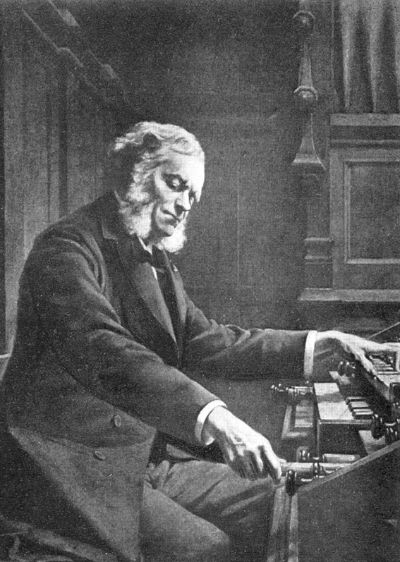Young musicians in the spotlight for middle program of North Shore Chamber Fest

The North Shore Chamber Music Festival has been at the forward edge of returning to pre-Covid concert life.
Their February gala was an intimate, masked, socially distanced affair at PianoForte Chicago, and one of the first opportunities to hear live music after many months of lockdown. Now, with restrictions mostly lifted in Illinois, their delayed tenth anniversary season at the Village Presbyterian Church in Northbrook feels recognizable as a “normal” concert experience, a welcome ritual after over a year mostly bereft of live music.
Like the February gala, Friday’s NSCMF concert featured laureates of the Arkady Fomin Scholarship Fund, and there was significant personnel overlap with the earlier winter showcase. Violinists Masha Lakisova, Joshua Brown, Julian Rhee, and Jacqueline Audas, cellist Katherine Audas and pianist Janice Carissa—all present and past Fomin recipients—joined festival directors violinist Vadim Gluzman and pianist Angela Yoffe, as well as NSCMF stalwart pianist William Wolfram, for an elevated evening of French chamber music dubbed “Romance from France.”
The program apparently required some last-minute retooling as billed bassoonist Marlene Ngalissamy, also a current Fomin winner, was unable to attend for unspecified, “bureaucratic” reasons. Sadly this meant the planned Saint-Saëns Bassoon Sonata, an under-heard gem, needed to be scrapped.
The Saint-Saëns was substituted with an accomplished reading of Fauré’s Élégie, Op. 24, from Katherine Audas and Wolfram. The pair gave the brief work a convincing architecture, keeping the opening iterations of its mournful theme subdued, allowing them to highlight the stormy climax. Audas’ tone had an inviting, vocal quality, and Wolfram was an attuned accompanist.
Wolfram remained at the keyboard for the ensuing Suite for Two Violins and Piano by Moritz Moszkowski. Each of the four Fomin violinists joined Gluzman for one of the work’s four movements. Moszkowski was a pianist of German-Jewish descent, and achieved significant fame in the late nineteenth century as a soloist, teacher, and composer. He moved to Paris in 1897 where he counted Josef Hoffman and Wanda Landowska as pupils, though his star faded as the twentieth century advanced and war ravaged the European continent.
The 1903 Suite dates from the apex of its composer’s fame, and has a thoroughly Belle Époch sensibility—inviting, comely, if perhaps slightly superficial. In order, Rhee, Lakisova, Brown, and Audas, held their own with Gluzman in their respective movements, but did not necessarily benefit from the side-by-side presentation. The mismatch with Gluzman’s greater experience and presence, to say nothing of his “ex-Leopold Auer” Strad, was apparent throughout. However, the performance was no doubt a valuable educational experience for the Fomin scholars, and a chance for the audience to hear from a largely forgotten figure of European music.
The first half closed with Sarasate’s Navarra for Two Violins and Piano, Op. 33, with Jacqueline Audas and Brown joined by Yoffe on piano for a lively outing. The violinists negotiated Sarasate’s pyrotechnics with aplomb while maintaining the work’s dancelike feel. Navarra is a vacuous score, but served as an engaging vehicle for the young soloists’ considerable technique.
The evening highlight was easily the closing work—César Franck’s Piano Quintet in F Minor from 1879. This finely crafted and intensely emotional work has regrettably been overshadowed by its counterparts from Brahms, Schumann, and Dvorak. But Franck’s Quintet merits a place alongside them in the concert repertoire, and the electric performance delivered Friday made an especially convincing case.
It was all Fomin winners, with Lakisova, Brown, Rhee (taking up the viola), and Katherine Audas joined by Carissa on piano. From the angular, pained opening gestures, the musicians expertly put across the undulating ebb and flow of Franck’s writing. The three-movement work as a whole has a symphonic quality, with a wealth of contrasting textures and sonorities, deftly captured by the five young players while maintaining the general brooding mood. Carissa’s playing was particularly impressive throughout, always articulate even in Franck’s dense piano writing and, with the quartet of strings, captured the abundant pathos of the score.
The festival concludes 7:30 p.m. Saturday at the Village Church and streamed on The Violin Channel. On the program are Haydn’s Piano Trio No. 39, Dohnányi’s Sextet in C Major, and the Brahms Piano Quintet. nscmf.org/
Posted in Performances

